Are you wondering if painting in the rain is possible or practical? You might have heard people say that it’s best to wait for drier conditions and sunny weather when tackling interior projects like painting. But what if we told you that rainy days could be ideal for certain types of interior painting projects? Not only are there maintenance-related benefits of taking on these projects during the rainy season, but also some perks associated specifically with paint jobs—and here at Renaissance Solutions, we’re excited to share all the reasons why you should take advantage and how!
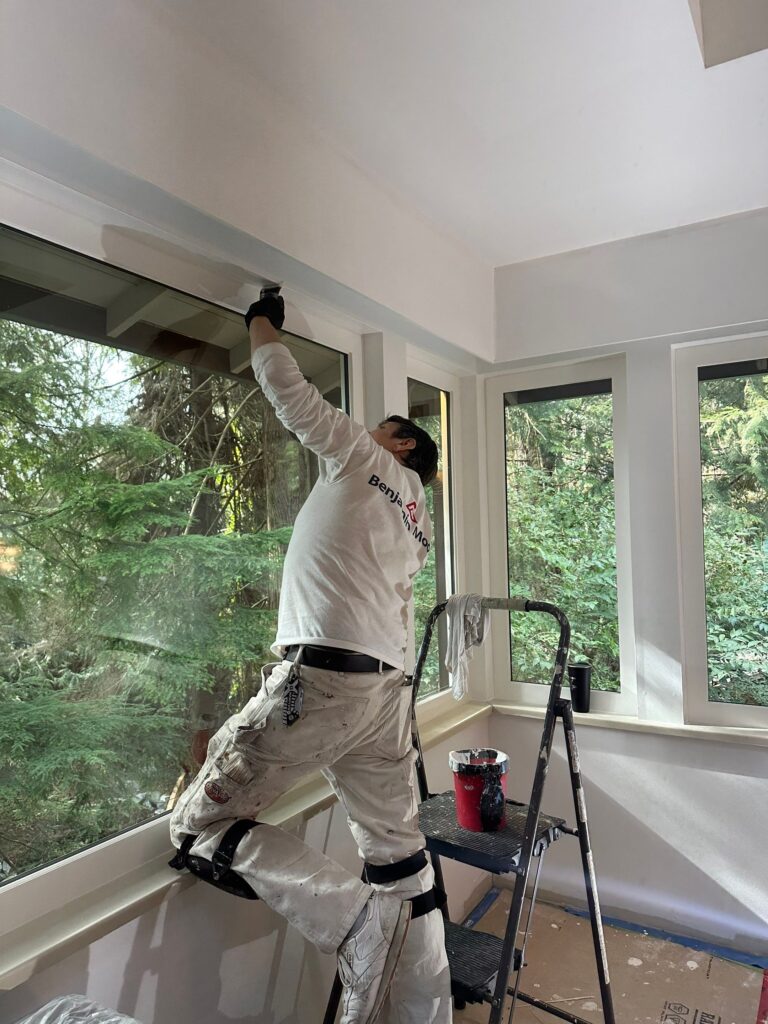
Are there benefits to painting on a rainy day?
Yes, one benefit is that you are less likely to overheat. Painting in hot weather can be hard work. Interior painting while raining can be easier as it is generally cooler and less taxing on your body.
Another plus is that with higher relative humidity during rainy weather, the paint dries more slowly so that you have more working time with the paint.
How does a rainy day affect drying time?
Rainy weather means that the humidity levels in the air are high. Latex paints are water-based meaning the solvent is water. During times of high humidity like when it is raining means the drying process of the paint is affected as there is too much water vapour in the air. Avoid painting if interior surfaces have water droplets on them. Wait till the walls are dry completely before you start painting. Increase airflow so that the interior walls are dry.
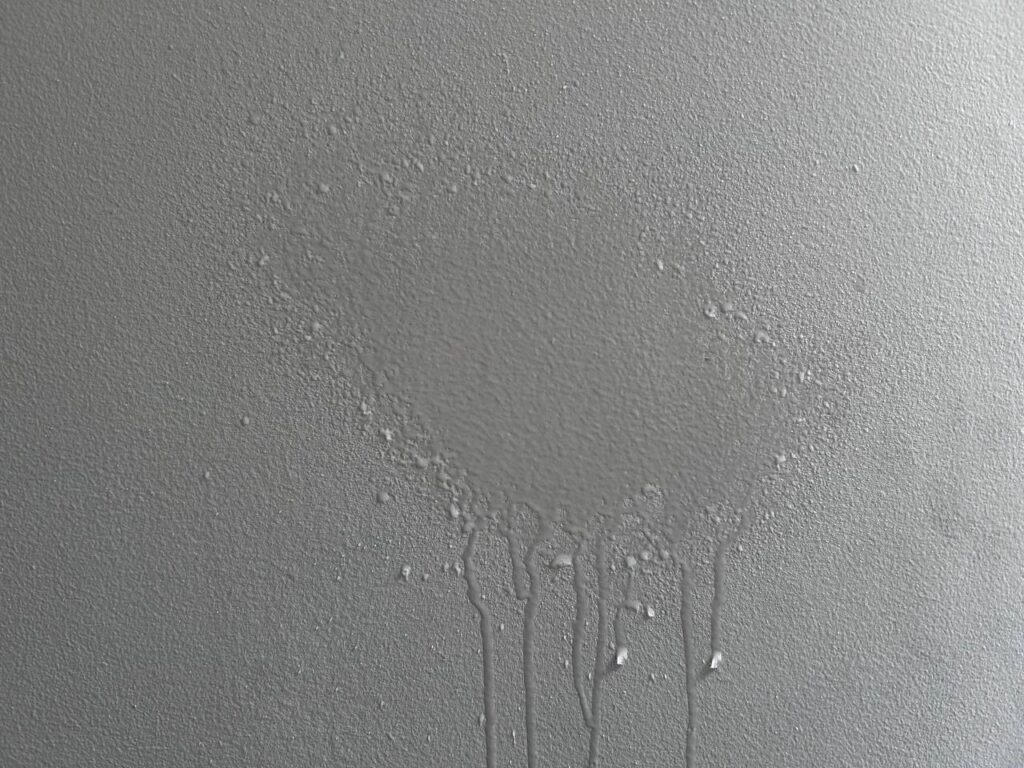
Using fans to speed up drying by evaporation.
The use of fans can speed up the drying process by evaporation. Fans create air movement that causes the water in the paint to evaporate.
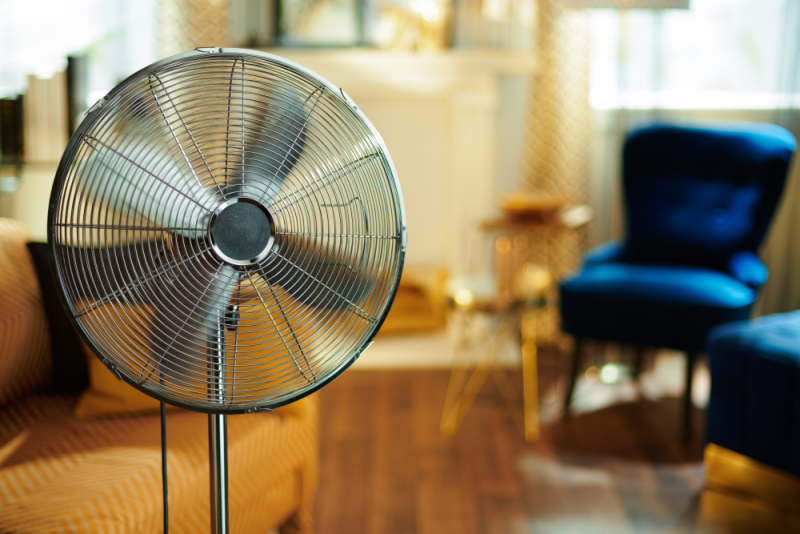
How fans can help to speed up the drying process by increasing the rate of evaporation.
Fans can help to speed up the drying process by increasing the rate of evaporation. When the fan blades rotate, they create a wind that helps to move the water molecules away from the surface of the walls. This allows more air to come into contact with the walls, which increases the rate of evaporation.
Open windows can also help… if they allow a breeze. This is similar to how a fan works.

Explain how a dehumidifier can also be used to speed up drying.
A dehumidifier can also be used to speed up drying. When the air is dry, it can absorb more water. This means that the water will evaporate more quickly, which will speed up the drying process.
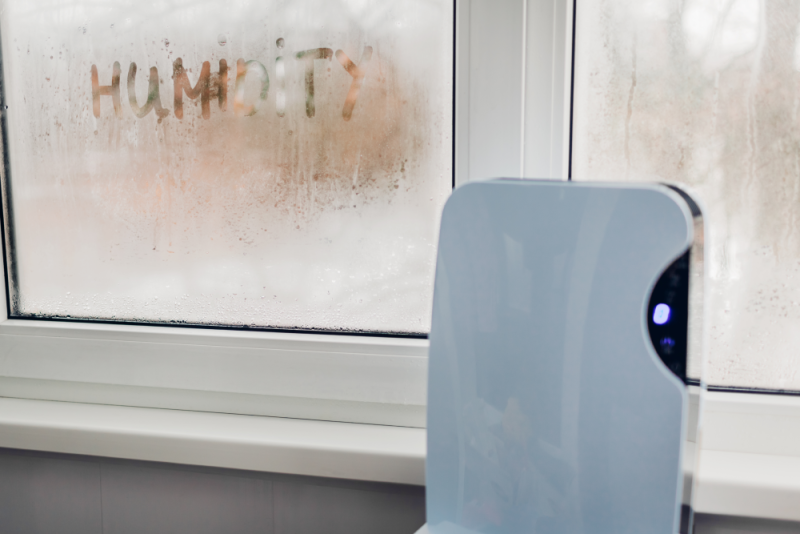
Turning up the heat can also help to speed up the drying process.
When it comes to getting a painted surface to dry quickly in the rainy season, there are a few things you can do to speed up the process. One of those things is turning up the heat. When you turn up the heat the higher temperature will help to evaporate any moisture. This is because warm air can hold more moisture. Sometimes all you need is a small heater in the room where you are doing the work.
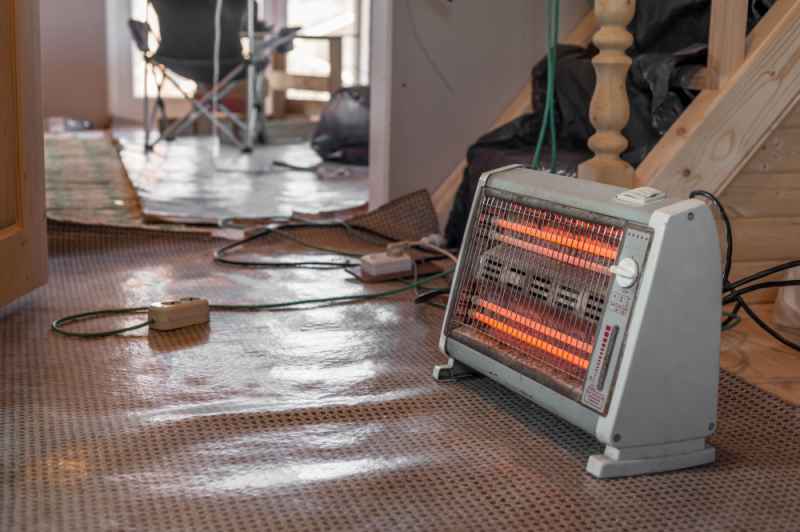
It is important to make sure that the paint is dry before painting a second coat.
An important step when you paint inside is to make sure that when applying a second coat the first coat is dry. You will know that it is dry when it feels dry. Drying time is a function of temperature, air movement and humidity. Cold and humid conditions make the paint dry slower and will slow down how fast you can get the paint job done.
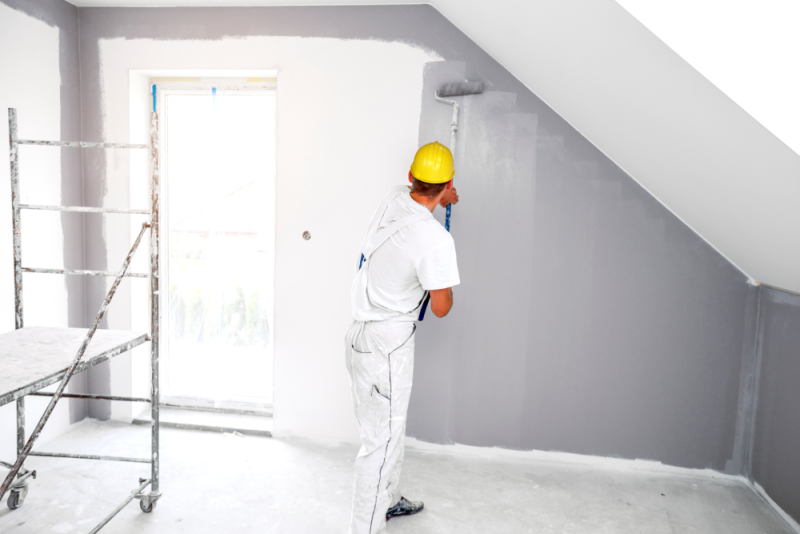
If you paint another coat over paint that is not dry at best it will look patchy and uneven, at worst it will look terrible, lumpy and uneven. It is not worth the risk of having to redo the surface preparation and sand it all down and re-paint.
So, in short, it’s important to make sure that the paint is dry before painting a second coat to avoid having to do touch-ups later on and to ensure that the new coat of paint adheres properly.
Now that you know all about how to use fans, dehumidifiers, and heat to speed up the drying process by increasing the rate of evaporation, you’re well on your way to becoming a painting pro! Just be sure to always test the paint before adding a second coat – nobody wants a terrible-looking paint job.
Weather Forecast and temperature
If you are going to begin painting the ideal temperature is 10 to 27 degrees Celsius, which is between 50 and 80 degrees Fahrenheit.
We are asked, at times, if you can paint down to 35 degrees Fahrenheit. The answer is yes, for exterior painting only. For your interior painting project do not paint below 50 Fahrenheit or 10 degrees Celsius.
If you’re looking for a professional interior painting job done quickly and efficiently, contact Renaissance Painting and Carpentry. Our experienced team of professionals is available to help with interior painting projects in any weather condition. Plus, we offer accurate estimates to give you an idea of the cost upfront. Give us a call today to discuss your interior painting needs

